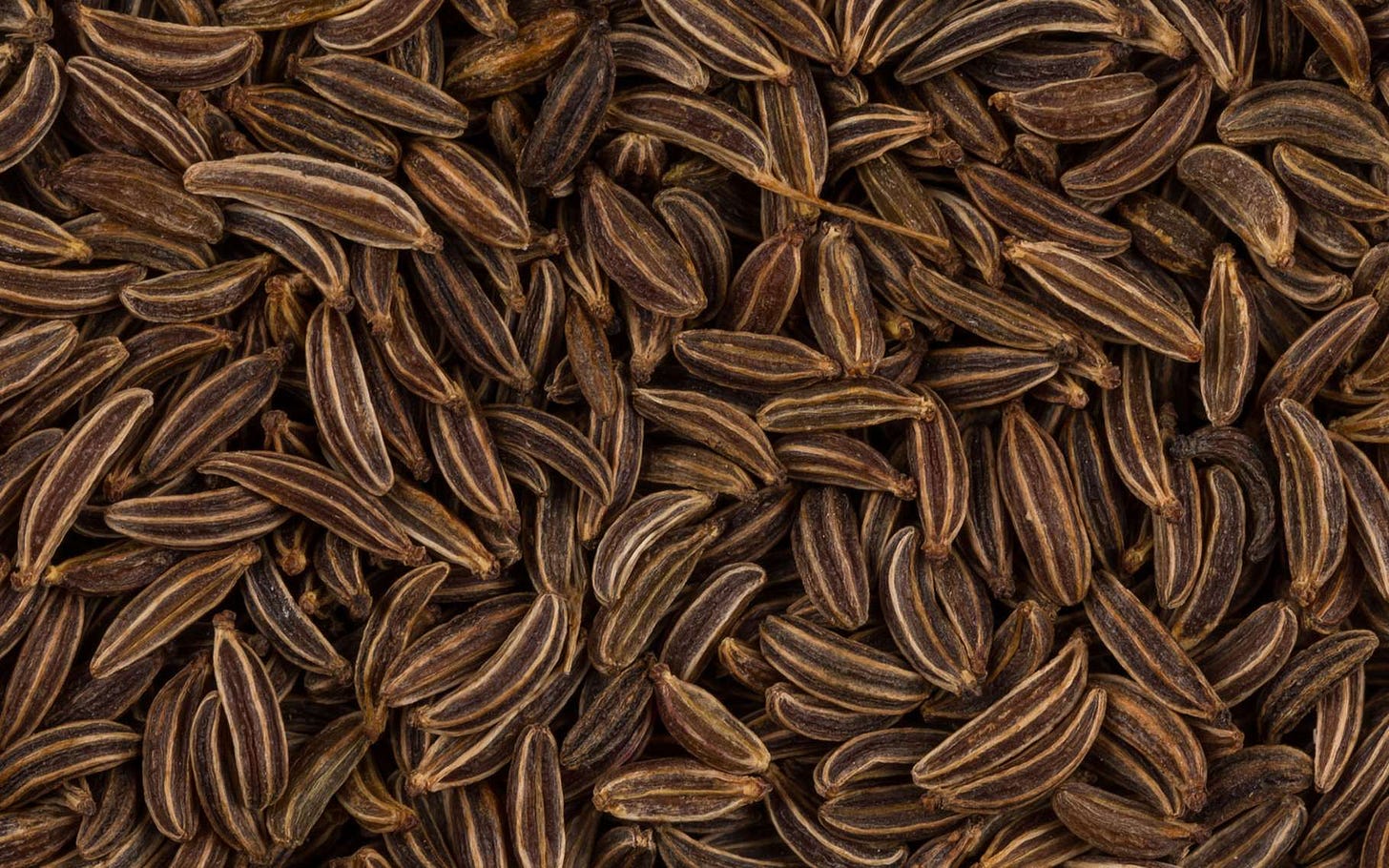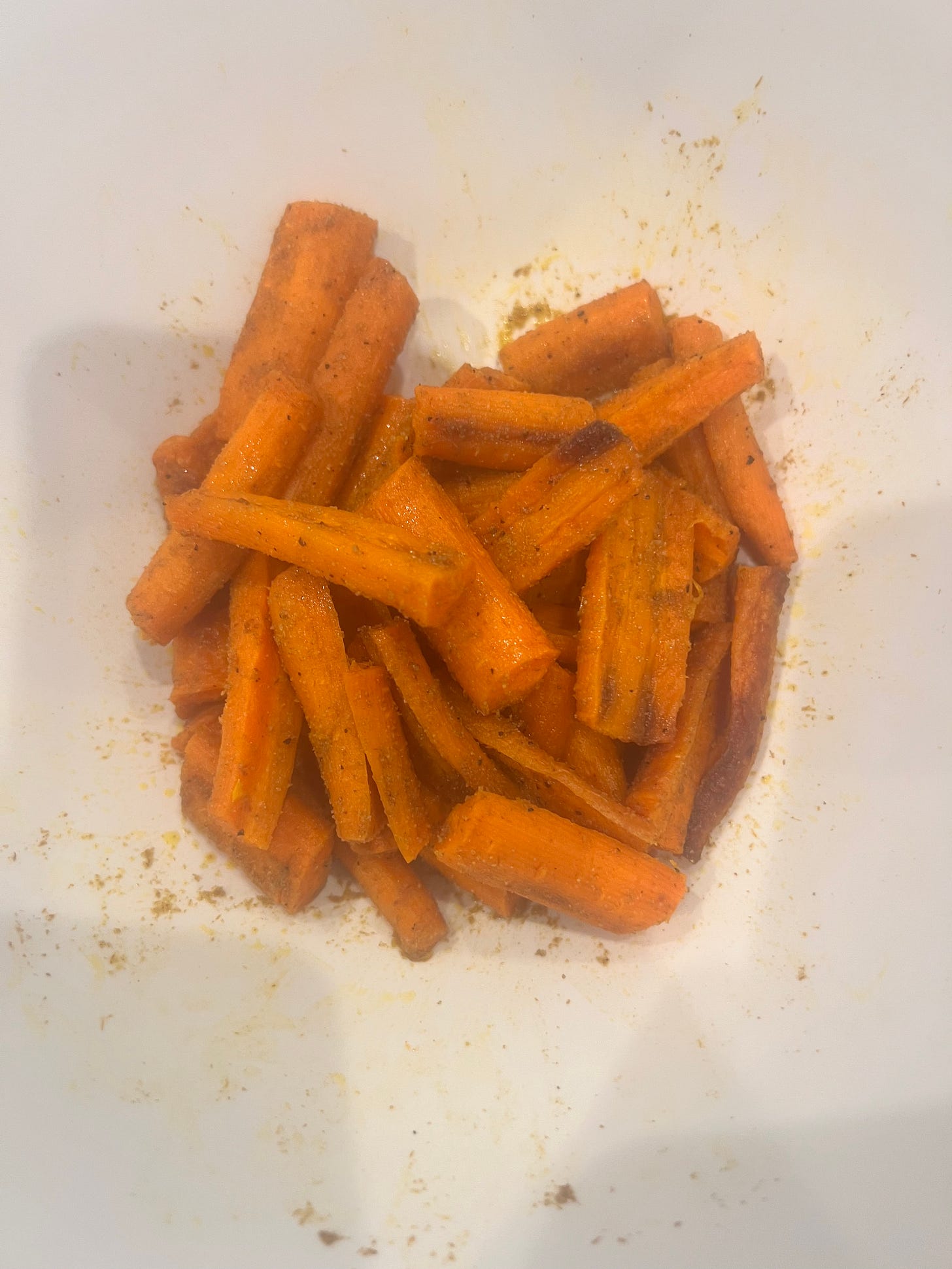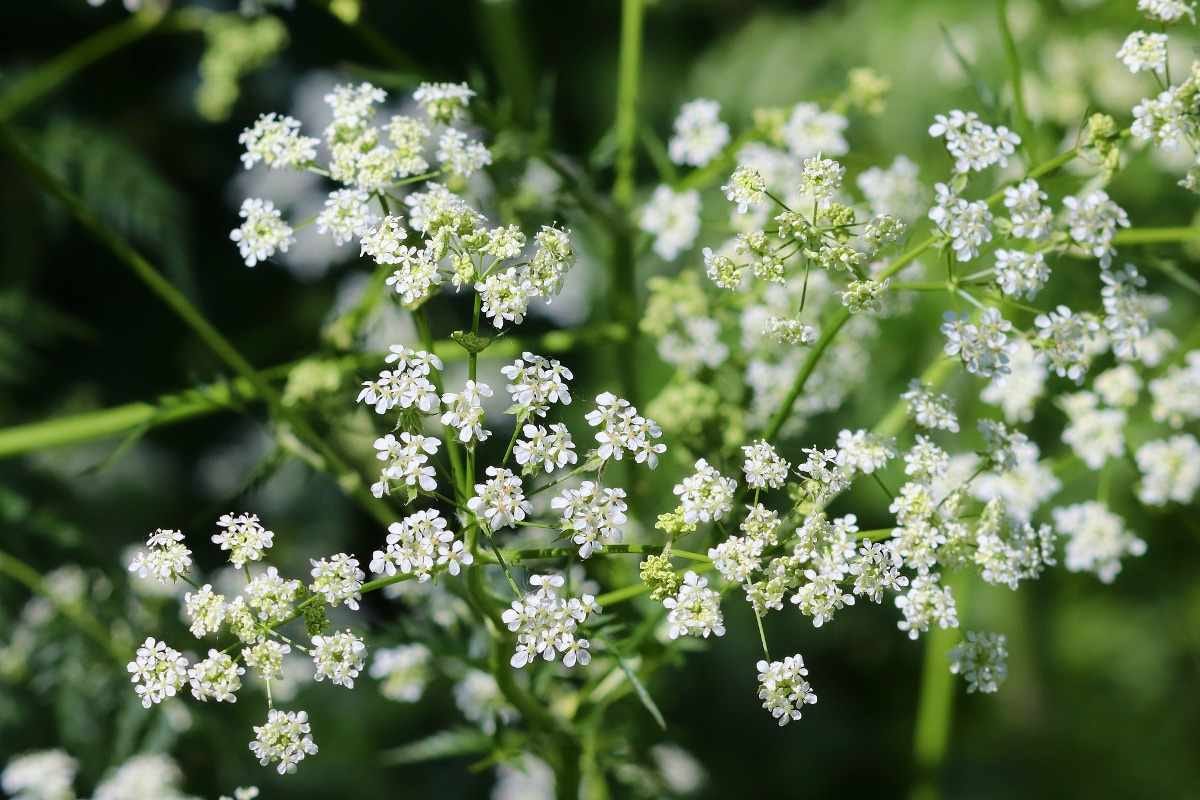Food nourishes the body. Music nourishes the soul
If you’ve read my essays on music, you may have noticed that I often use food as a metaphor for music. I talk about the cuts on an album as a meal set out in courses. And sometimes I write about the small bits of sound that are added to the main musical ingredients as spice.
Today I want to share a favorite recipe, a go-to salad for Teresa and me. Besides loving to share fresh food, we enjoy movies that illuminate the direct tie between food and greater themes like love and fate. That same magical alchemy happens with music.
Most music is like fast food, created to fuel and move on. The greatest chef, the greatest musician can do a lot to provide the magic but it takes a receptive audience too. As a person who loves to make and share a good meal and also to create meaningful music, I realize that much of the impact of my efforts are out of my hands.
With both music and food, I like to keep it simple. If the ingredients aren’t fresh, if they are not brought together in the right proportions, if I don’t assemble everything with the right spirit, the result can be bland and downright disappointing. Unfortunately, even if I do everything right there can be wild cards. You don’t know how it will taste or sound until you serve it.
The Importance of Form
The symphony is a form in four parts. Each movement has a different goal and yet when brought together the movements deliver something complete. This is also true with thoughtfully concieved song cycles, albums of music and compilations. They are designed to offer a full experience.
Today I’m offering a salad recipe. It could be a main course but I’d suggest pairing it with something that is not overly dependent on spice such as fresh salmon or trout. I like wild fish but it is often too dry for my taste. Teresa and I used to raise beef cows and lambs who led indolent lives, munching on glorious grass in a field where they did not have to walk far for water or feed. I call it lazy meat. The equivalent in fish is something like a Norwegian steelhead trout raised with no antibiotics, hormones or GMO’s. I like to cook the fish with nothing but salt and pepper. I get the grill super hot then throw on the steelhead. Like all meat, I like it seared on the outside and pink on the inner parts.
I suppose you can do the same thing with tofu, but make sure it's lazy tofu.
The Ingredients
We start with a vision of the whole then break it down into the elements. There is pleasure in setting out all the ingredients on the counter. I try, both in music and cooking, to give care to even the smallest ingredients and the way they are presented.
In musical notation, a grace note is described as an ornament or embellishment that does not count as part of the time value of a measure. When playing by ear, grace notes are the way the spice is cut or ground, tiny elements of grace in the voice or other instruments. Remember the definition of grace, “Seemingly effortless beauty or charm of movement, form, or proportion.”
Listening to music while preparing or eating food
Music should not be distracting and when it gets in the way of sociability just turn it off. On the other hand, music can be a glorious thing, turned up loud as you prepare food, and sometimes when you are eating.
I rarely listen to my own music around others but recently both Teresa and I find ourselves going back to the 3hattrio’s most recent album, Come Morning, while cooking, while driving, while hanging out. This is not self-promotion. The music simply works beautifully in the background. You can find the album on your favorite streaming service. I’ll add a link from Apple Music since they pay artists a bit more than their streaming-pirate cohorts.
LISTEN HERE - Come Morning by 3hattrio
An a-cumin-lation of instruments
When I make an album, there’s an arsenal of instruments I can bring into the mix. In designing a piece of music there are the main ingredients. Often, the basis of the piece is the voice which delivers words that carry deep personal meaning. In a song, one needs to be careful not to overpower the words and the vocal emotion with too much stuff. However, a bit of spice can make a plain song sing in a new way. I learned the concept of musical spice from Greg Istock, my musical partner. When 3hattrio is working on arrangements, we use the word spice as naturally as a chef does.
Lately I’ve been selling off some of my spice instruments--an odd banjo, a xylophone, and this week, a beautiful early 1950s Fender 6-string lap steel guitar. I delivered it to a blues musician in a parking lot midway between Portland and Salem, Oregon. Oh, I love these instruments--but it's nice to have a few less of them cluttering up our floating home where every inch of space is important.
An audible hors d'oeuvre
I’ll share a 35-second piece of music and sound produced by Taki Telonidis as the theme for our bi-weekly segment called “The Open Road,” part of a Public Radio travel show from the 1990’s, Savvy Traveler. You'll hear the Fender sliding joyfully around.
A Salad can be a Song. Try this recipe
Roasted Carrot Salad with Arugula and Fennel
(adapted from a New York Times recipe from Melissa Clark)
1lb. carrots
Halved then sliced into 2” lengths tossed with the following three ingredients into a rimmed baking sheet in the oven (425f) for a half-hour.
¼ teaspoon kosher salt
1/8 teaspoon ground black pepper
2 tablespoons virgin olive oil
The next ingredient, though not acknowledged in the recipe’s title is the kicker for this dish. It’s cumin, an amazing seed, ground up. In many cultures it’s kept at the table like salt and pepper in shakers. Besides being mythical it’s also mystical but I won’t get into that here. Depending on the freshness and grind of the seed, cumin can over-power or be sorely missed.
½ teaspoon ground cumin
When you take the carrots out of the oven they should be somewhere between crunchy and mooshy. Transfer carrots to a small bowl and toss with cumin while hot. Let the whole thing cool while you make the dressing. Cumin is the star of this recipe. It’s like garlic in that it has a personal relationship with you. You may want more or you may shun it but I’d suggest that you give cumin a chance.
½ tablespoon fresh lemon juice
1 tablespoon pomegranate molasses: A great thing to keep around for sweetening salad dressings--and it's good over ice cream, too
1 garlic clove minced: Remember, garlic is your friend or enemy but only you know which
½ teaspoon Dijon mustard
¼ cup virgin olive oil
A pinch of salt and pepper
The 6 ingredients above are the dressing. Mix them together in the bottom of a large salad bowl. The carrots are good cold but best served while still warm. Mix them in last. Now it’s time for the green and red parts.
3 cups baby Arugula
1 Fennel bulb grated thin: The best tool for this is a mandoline, not the musical kind, the slicing kind, the one with the "e."
¼ cup fresh dill fronds or mint leaves chopped up
½ cup or more fresh pomegranate seeds: We’ve also tried blueberries, raisins, or tangerine slices. Sliced apples might be good. Some people toss in some yogurt, walnuts, or crumbled pita chips but I think that’s a bit much.
Remember to toss gently, serve gently and eat with gusto.
Top with the spice of kindness
Arugula and other ingredients are hearty enough to keep as leftovers. Don’t hesitate to keep this salad in the fridge for a couple days. It's actually more flavorful on day two and three.
Let me know what you think. And remember:
“Woe to you, scribes and Pharisees, hypocrites! For you tithe mint and dill and cummin, and have neglected the weightier provisions of the law: justice and mercy and faithfulness; but these are the things you should have done without neglecting the others.”
Matthew 23:23








Thanks Hal. Sounds good. We just finished lunch. And I'm going to save that recipe dressing. RIch & Mollie
Thank you Hal! Looking forward to trying the recipe. Best
Music and food make a nice marriage.